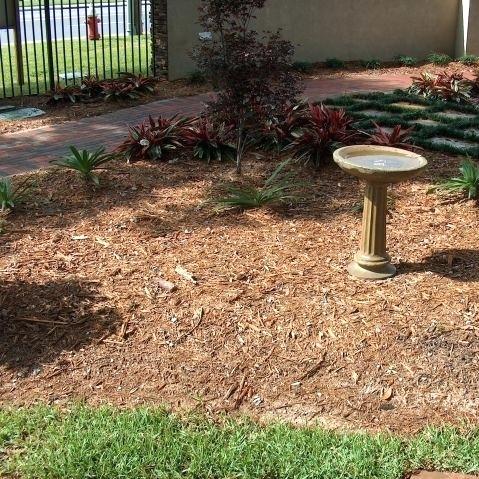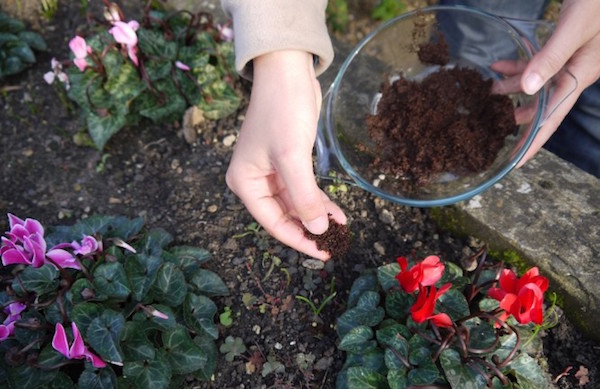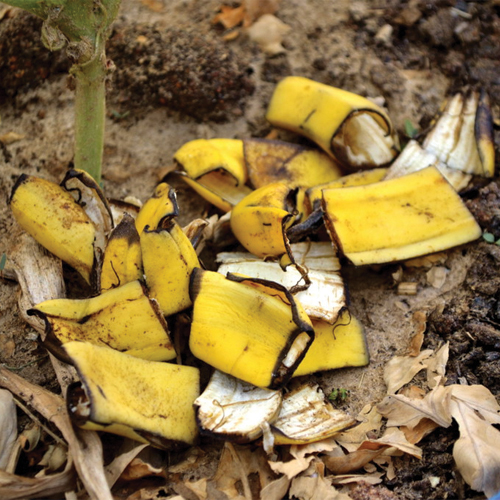Whatever the size of your garden, these 10 tips and tools will help you on your way to that dream garden.
Navigate the article
#1 Steer Manure
Steer manure added to a garden has proved to be my number one gardening tip.. My mom taught me that and I ignored it for years, and it pains me deeply to admit it: mother was right. Steer manure provides nutrients and nitrogen that plants love and they grow and bloom like crazy. If you live in town any hardware store carries it in bags.
Contributors: Kelly Parks from Paris Gibson Realty
#2 Planter Calculator
The planter calculator computes the amount of soil, water and cover needed for different shaped raised garden planters. It also has functions to help estimate the costs.
Contributors: Kurt Heckman from vCalc LLC
#3 Mulching Calculator
The mulching calculator computes the amount of mulch needed for gardens of many different shapes. It also provides helpful tools to compare pricing between bulk mulch, bagged mulch and DIY mulch.
Contributors: Kurt Heckman from vCalc LLC
#4 Water when rain is scarce
Water when rain is scarce. Most plants only need one inch per week. do the job in the morning and really soak each plant. That will encourage deep root growth, which in turn will be better for the plant when the soil dries out again. Water at the base of the plant to avoid wet foliage which can encourage fungal issues. Gardening is a life long learning adventure, but those three tips will give anyone the proverbial green thumb.
Contributors: Doug Oster from Everybody Gardens
#5 Coffee in the Garden
Coffee not only perks you up in morning, it also revives your garden. It acts as a fertilizer, and attracts earthworms (to aerate the soil) which are necessary for your garden. When you finish your coffee, simply mix the used coffee grounds in the soil. It is not recommended that you use fresh coffee grounds (unless you want your soil to be more acidic). For your non-coffee drinkers, you can go to a coffee store (like Starbucks) and ask for their used coffee grounds.
Contributors: Tatyana Rodriguez from Florence’s Flowers
#6 Teasing your Garden
Using used tea grounds works wonders in your garden. It creates a more fertile environment for your garden since they increase nutrient levels and improve soil quality as they decompose. After you have your tea, place the loose tea leaves (which you would have to mix within the soil) or a tea bag in the ground. It is recommended that you use caffeinated tea for your garden since it will help attract earthworms and works as a natural pesticide.
Contributors: Tatyana Rodriguez from Florence’s Flowers
#7 Driving your plants Bananas!
Banana peels adds many benefits to your garden. They act as a slow-release fertilizer. As the banana peel decomposes in your garden, they will give your plants nutrients (i.e.potassium, nitrogen, phosphorus, and magnesium). Simply mix the diced banana peels in the soil.
Contributors: Tatyana Rodriguez from Florence’s Flowers
#8 Container Gardening
One way to keep your plants from dying, is by keeping them segregated. By separating the plants you’re able to better ensure that none of the plants suffocate the others. One way to accomplish this is by placing rocks around each plant, that way each plant has an abundance of nutrients.
Contributors: Caleb Backe from Maple Holistics
#9 It’s all about the leaves
The smaller the leaves are the better chance they have of getting enough water. Much of the time, water gets diverted by, or trapped on the leaves and ends up evaporating instead of keeping the plant alive. While grey colored leaves reflect away the sun and succulent leaves store the water better. Additionally, leaves with bristles also conserve water better than other plants.
Contributors: Caleb Backe from Maple Holistics
#10 Go Vertical, Evergreens And Layering
- Use hardscape structures such as pergolas and trellises and plant climbing plants and vines such as wisteria and honey suckle.
- Opt for evergreens, perennials and plants that produce lots of greenery, not just flowers that offer pretty blooms.
- Combine different types of plants and add layers by planting short and tall-growing species. The tall ones should be planted in the back, while the shortest in the front.
Contributors: Pol Bishop from Fantastic Gardeners
This post was created with our nice and easy submission form. Create your post!












Well it’s about thyme……smiles & happy gardening……